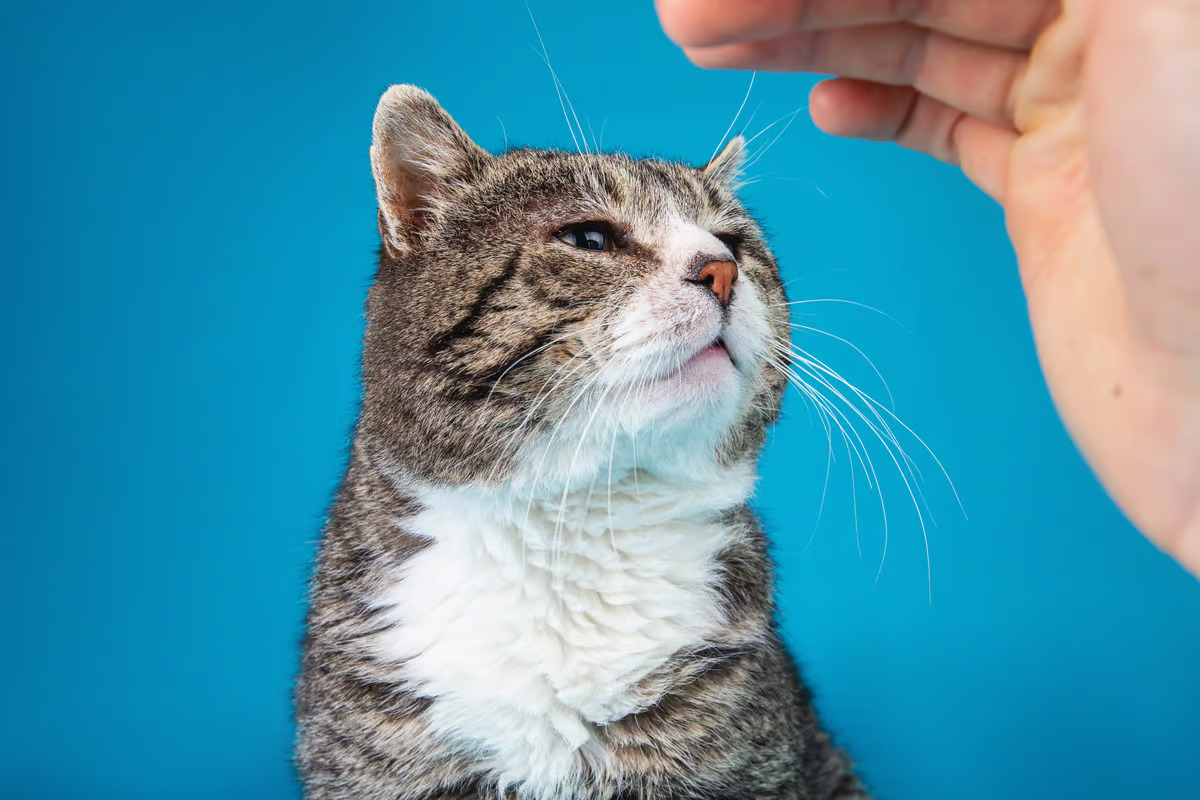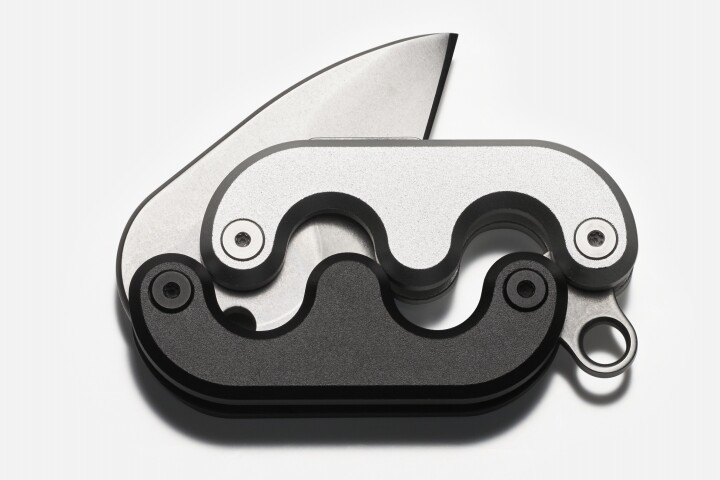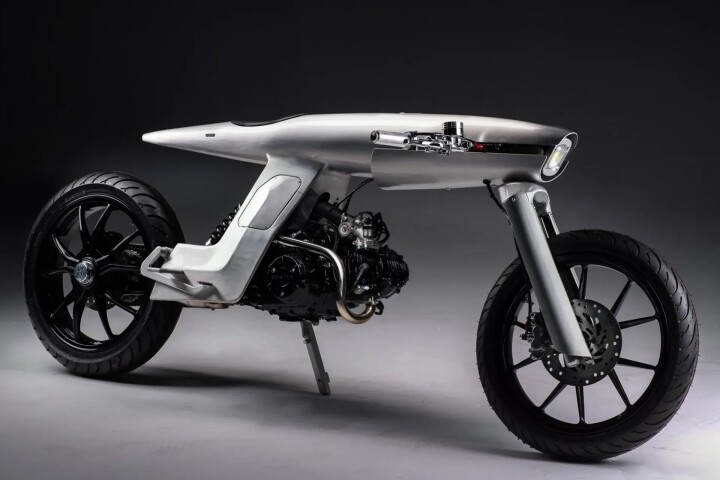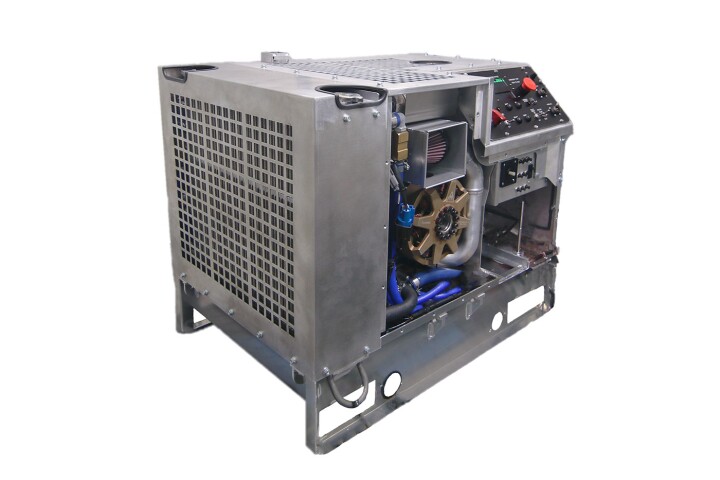 Scientists have finally discovered just how static electricity works – and cats are particularly good at creating it. Depositphotos –
Scientists have finally discovered just how static electricity works – and cats are particularly good at creating it. Depositphotos –
Northwestern University researchers have been working on the elusive mystery of how static electricity works for more than half a decade, with a preliminary breakthrough coming in 2019. In the previous study, they discovered that nano-sized deformations in the surface area of objects, and the act of an object sliding across this surface, played a key role in creating electrical charges.
Now they’ve found that due to these deformations, different electrical charges build up in the process of sliding one object across another – for example, a hand when petting a cat. This current is then enough to deliver that static electricity-driven ‘zap’ when the charged object meets another surface, particularly in low-humidity conditions.
“For the first time, we are able to explain a mystery that nobody could before: why rubbing matters,” said lead researcher Laurence Marks, professor of materials science and engineering at Northwestern. “People have tried, but they could not explain experimental results without making assumptions that were not justified or justifiable. We now can, and the answer is surprisingly simple. Just having different deformations – and therefore different charges – at the front and back of something sliding leads to current.”
The phenomenon was first – as far as records show – observed by Greek philosopher Thales of Miletus, who wrote of the static electricity created by rubbing amber with fur, which then attracted dust, in 600 BCE.
“Since then, it has become clear that rubbing induces static charging in all insulators – not just fur,” Marks said. “However, this is more or less where the scientific consensus ended.”
From their 2019 research, the Northwestern team created a model that measured electrical currents caused by rubbing, which they call “elastic shear.” Essentially, the charge relates to force and friction – as Newton’s third law of physics outlines – and how charges shift in the process. When materials with these nano-scale deformations rub against each other, they create that front-back static charge that leads to a current build-up.
“Sliding and shear are intimately connected,” Marks said.
While uncovering the intricate mechanism that causes static electricity may not prevent those uncomfortable ‘shocks’ experienced after unknowingly charging up a hand petting a cat, the researchers say that understanding the process can help prevent serious events such as fires and explosions on an industrial scale.
“Static electricity affects life in both simple and profound ways,” Marks said. “Charging grains with static electricity has a major influence on how coffee beans are ground and taste. The Earth would probably not be a planet without a key step in the clumping of particles that form planets, which occurs because of the static electricity generated by colliding grains. It’s amazing how much of our lives are touched by static electricity and how much of the universe depends on it.”
On a practical level, there are several solutions to minimizing static electricity shocks – such as opting for natural fibers, walking barefoot and adding more humidity to indoor environments, as anything below 40% relative humidity tends to up the conductivity of that “elastic shear” process. If you find you’re getting shocks from your cat, particularly in winter, you could even counter the charge by first petting with a damp cloth – however, perhaps a small shock is the better of two evils. Cat fur is, unfortunately, an excellent source of electrostatic charge.
At least now we know why.
“The polarization and associated charges at the front and back are not the same, and the difference between the two leads to current flow similar to the difference in air pressure above and below a plane’s wing leading to lift,” the researchers explained in the study.
The research was published in the journal Nano Letters.
Source: Northwestern University
–
























